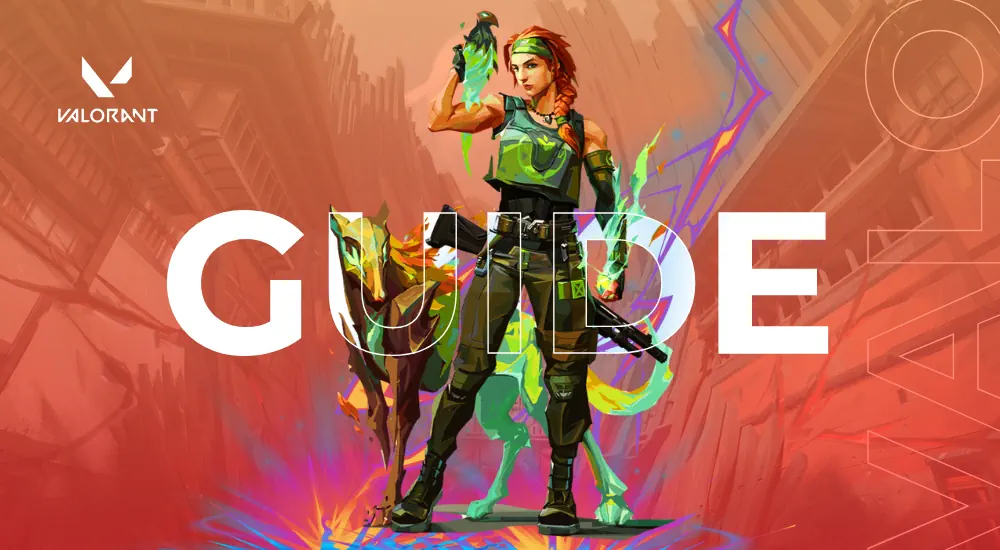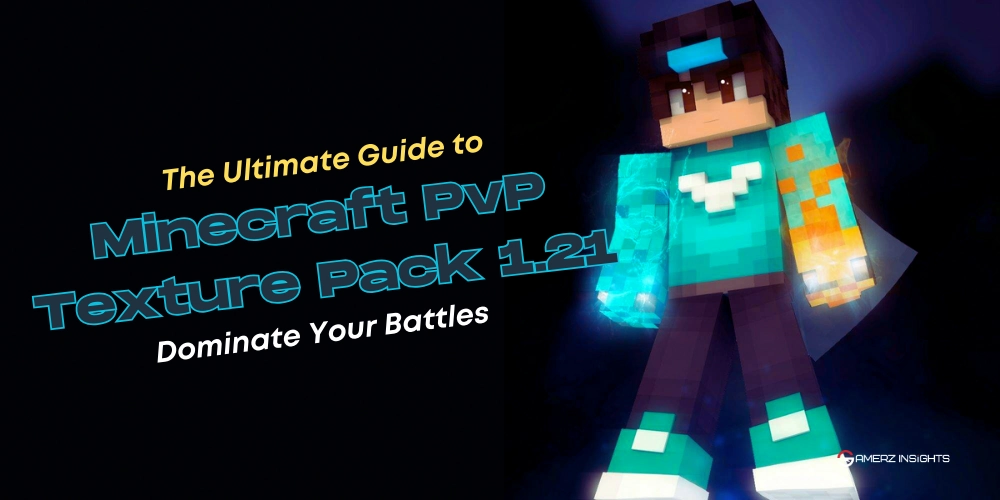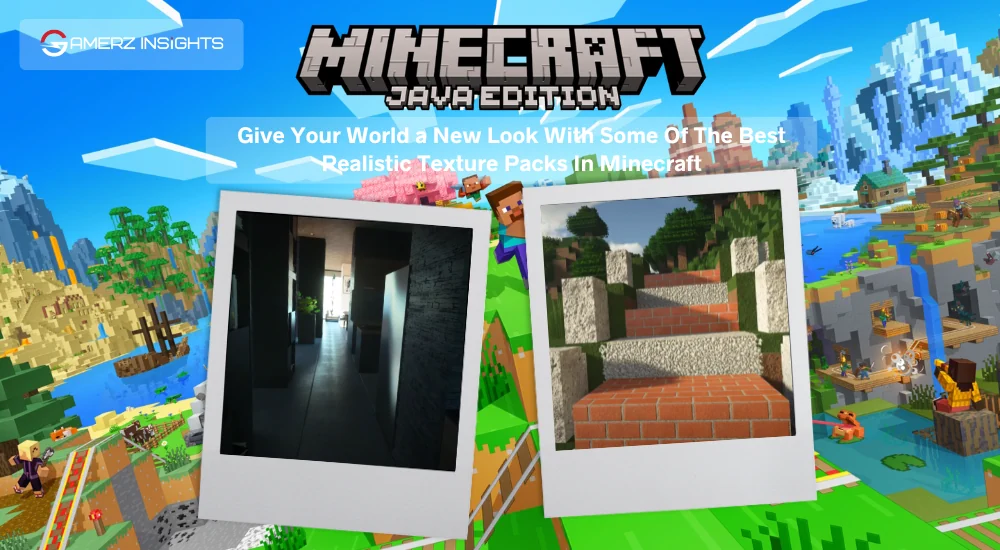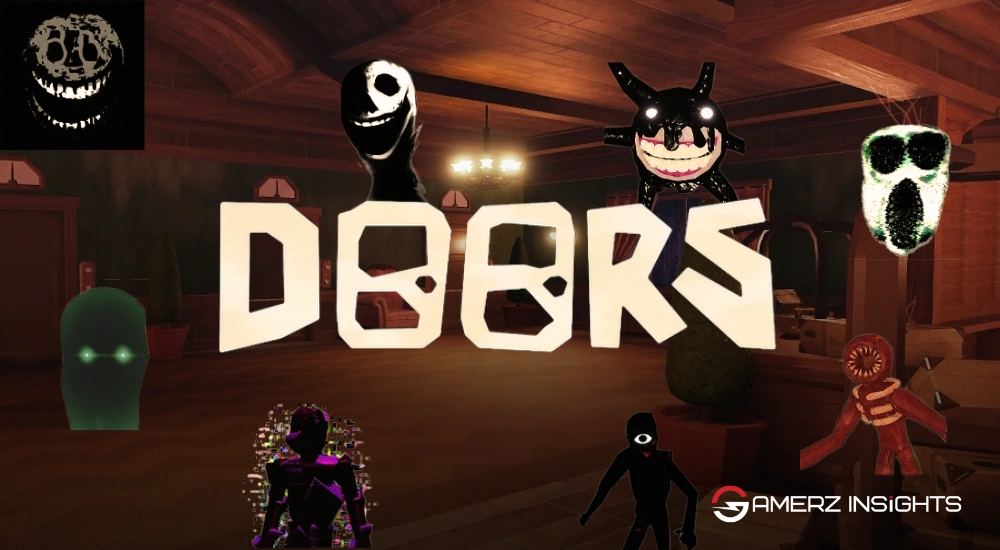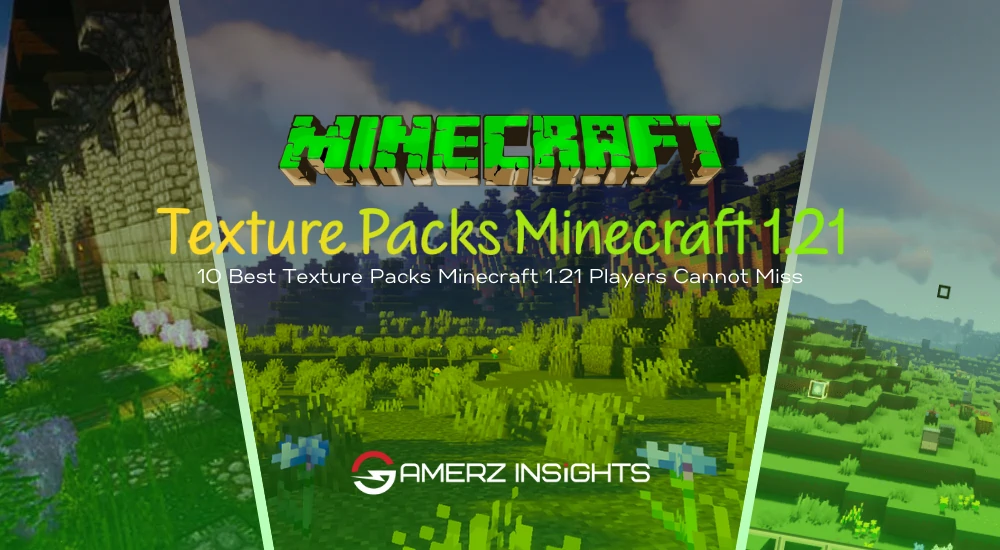Introduction
Hello, welcome to our guide. In this guide, we are going to help you master Valorant. Whether you’re a quick learner or a slow learner, you can always try out this guide. So, for the starting point, let’s start by explaining what Valorant is. Valorant is a 5v5 Tactical Shooter Valorant character-based game, and this game was released on June 2, 2020. The game features nine game modes we can play, supposedly,
- Competitive
- Unrated
- Swift Play
- Deathmatch
- Team Deathmatch
- Spike Rush
- Escalation
- Replication
- Premier
and those who have a premier team can only play premier game mode. Each mode in Valorant offers unique challenges, but regardless of the mode, understanding your role—whether as an attacker or defender—is key to securing victory.
In Valorant, there are two sides: the attacker side and the defender side. Defenders will have to defend and prevent attackers from planting the spike, while attackers will have to plant it and wait until it detonates. And also, knowing game mechanics gives players an edge over the opponent.
Game mechanics are the main key concept to winning. Understanding how each mechanic works is very important to win a round. In Valorant, decisions are based on your mechanics. Mechanics have two essential factors: aim and movement. And we are going to talk about both of these later in this guide.
Understanding the Basics
In Valorant, the primary objective is to win rounds by completing one of two objectives, depending on whether the player is on the attacking or defending side.
- Attacking Side Objective: Attackers’ primary objective is a (bomb-like) objective at one of the two bomb sites on the map. Once planted, attackers might defend the spike until it detonates.
- Defending Side Objective: Defenders must defend from planting the spike and will have to defuse the spike if it is planted before the time on the clock runs out.
There are 25 agents, for example, Jett, Omen, Sova, Sage, Clove, Iso, Yoru, Reyna, Phoenix, etc.; every agent has a signature ability. For example, Jett has it’s “Tailwind” ability, a dash, which can be used to enter a site. And Omen has smoke as his signature ability. Sova has his shock dart, and other agents have other signature abilities. You can use any agent. There are loads of different maps to play on, such as Ascent, Bind, Lotus, Breeze, Icebox, Split, and Sunset.
Some maps have two sites, some have three. The three sites are A, B, and C; for two sites, it will be A & B . Here is a list of current maps in Valorant with their sites included.
- Ascent
- Sites: 2 (A and B)
- Bind
- Sites: 2 (A and B)
- Breeze
- Sites: 2 (A and B)
- Fracture
- Sites: 2 (A and B)
- Haven
- Sites: 3 (A, B, and C)
- Icebox
- Sites: 2 (A and B)
- Lotus
- Sites: 3 (A, B, and C)
- Pearl
- Sites: 2 (A and B)
- Split
- Sites: 2 (A and B)
- Sunset
- Sites: 2 (A and B)
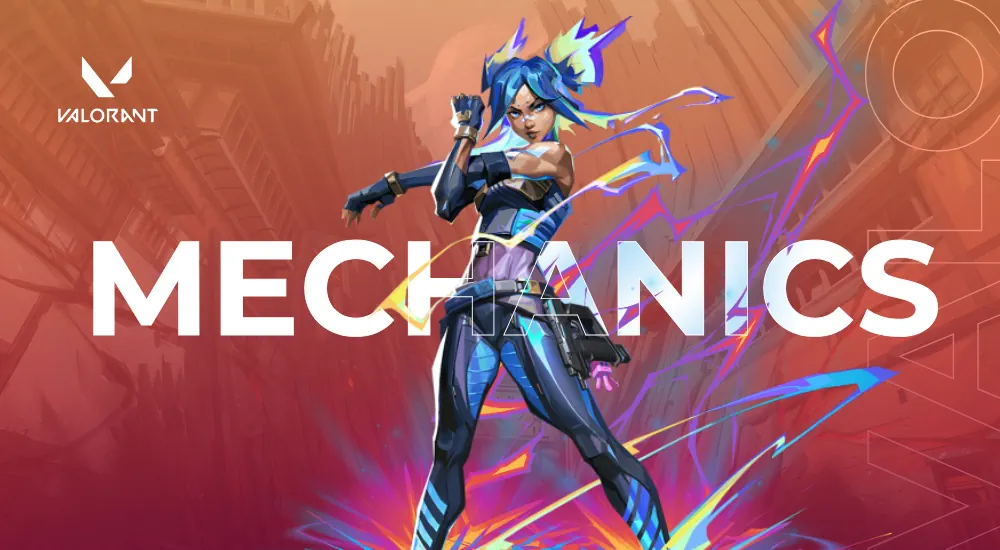
Gameplay mechanics
Valorant is about aim, muscle memory, decision, positioning, and ability usage. And movement is the essential thing in first-person shooter games. First, you have to move and make your crosshair point at the enemy’s head to get a perfect headshot kill, but that also does not mean that it needs to be a headshot; you can do body shot kills. But it’s good to try aiming for head because if you believe in yourself and try to set your goal higher, you will achieve faster. Another thing is that it’s important to learn and master movement because, with movement, you can get kills and information about any enemy.
Some movements to get information are Jiggle Peek, Jump Peek, and Crouch Peek and strafing to be a hard target to be killed. Weapon mechanics is also a part of the movement, and you need to learn it. Because you need to control your recoil accuracy and range to keep your aim consistent. Vandal has more recoil than the Phantom, so it’s best to use Phantom as short range and Vandal as long range.
Communication is also an essential factor to win a round because if your teammates don’t listen to you, it can result in a round loss and frustration. So, always make a plan and share the plan and strategies with your teammates to secure a round win. You can try to be an IGL (In-game-leader) for your team to call out strategies and take precautions when entering a site.
Advanced Strategies
Map control and positioning are both important. If you understand and know your enemies’ strategies, then you can take map control. For example, if your enemies are on A and you are on the attacker’s team, you can go to the B site, plant the spike, and hold it until it detonates. And a very important thing is to adjust your skills as your opponent. The way you can do that is to try to adapt and learn new skills to rank up.
Like, understand your agent and know that if you use your ability, any other enemy’s agent can encounter it or not. If you can, then you will have an edge on your opponent. In Valorant, each agent has unique abilities. It’s best to learn an agent, then pick it in the agent selection, and also learn to encounter your enemy’s strategies and ability usage. These strategies will help you rank up, but you also have to put them into practice. And another thing is if you play more, you are going to get better and if you think you are bad and don’t play, you won’t get better.
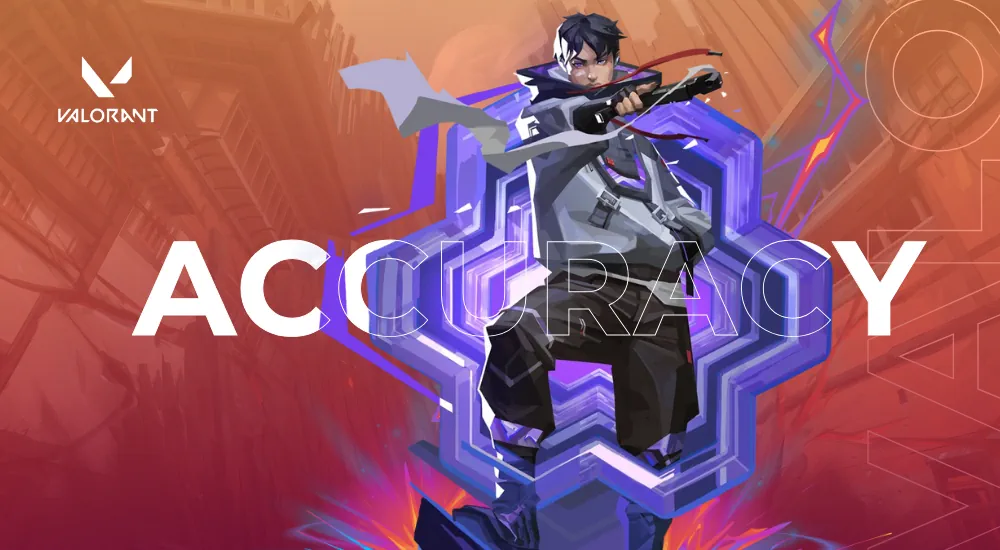
Improving Aim and Accuracy
Improving Aim in Valorant is a bit challenging, but I am going to try my best to make your aim better. Many players focus on improving their aiming skills because of how crucial it is to gain success in Valorant. Aim is the first factor of mechanics, and it’s crucial to learn it for a shooting game. To improve your aim, you can use these:
- Practice Bots: Start with practice bots to refine your aim.
- Recoil Control: Learn to manage your weapon’s recoil.
- Easy Bots: Move on to easy bots to build confidence.
- Medium Bots: Challenge yourself with medium bots to test your skills.
- Strafing and Movement: Incorporate movement into your practice to simulate real gameplay.
Always try to train within the range of 30 minutes or 15 minutes. But thirty minutes is an ideal option. Crosshair placement is also essential. Head Level is a technique for crosshair placement to headshot someone, and it is prevalent. Here is another method below.
- Pre-Aiming: Pre-Aiming is really essential because if you pre-aim in a common place and on a head level, like the place where enemies are most likely to come, it also helps you to have a plus point on the enemy. So be sure to pre-aim.
- Strafing: Strafing is actually essential in Valorant. And you can get easily killed if you don’t strafe in higher ranks. So always remember to strafe. Strafing is just A and D, then just letting go of the key.
Warming Up: You can warm up for up to 5–10 minutes in aim labs or use other aim trainers, or you can train the range in Valorant. Also, try to play Flick Shot so you can flick-shot your enemy in the head. In addition, play tracking and target switching, tracking is important.
Easy Agents For Beginners To Start With
There are a lot of agents in Valorant; right now, it’s 25 agents. There are also different agent roles in Valorant, like Duelist, Controller, Initiator, and Sentinel. For beginners, duelists are easy to start with; the main thing that you need to do with duelists is to enter the site and create space for your team. If you have good aim, then you can clear the site for your teammates and plant spike if your the attacker.
If you are a defender, you can get information and communicate with your teammates to help you. The agents that are easy to learn are Phoenix, Jett, Sage, and Brimstone, but Brimstone can be hard. But I assure you duelists will be easy to learn. The reason I recommended them is because they are balanced in terms of offense and defense.
The Way You Can Manage Your Economy

Maintaining economy is a crucial part of Valorant’s strategy. To maintain a strategic advantage over your opponents, you have to manage your economy effectively. Effective financial management involves understanding when to save and when to spend, balancing your team’s needs with the overall game plan. You have to remember that the economy in Valorant is a team effort; individual financial decisions can have a major effect on your team’s performance, so always prioritize success over personal gain.
In early rounds, it’s good to save on Economy Rounds, which are also known as “eco rounds,” where you save credits to afford better weapons and abilities in future rounds. This ensures that your team can fully arm itself during the main round, maximizing your chances of winning. If you are able to master the economy, you can create more opportunities for victory, even when the odds are against you. Now I’m going to provide a list of what guns you can buy on each different type of rounds.
1. Pistol Round (First Round)
- Primary Options: You can use Classic (Free), Ghost, or Frenzy.
- Armor: You can buy Light Shield if you go for a cheaper weapon.
- Abilities: Invest in key abilities like flashes, smokes, or heals, depending on your agent.
- Suggestion: Ghost + Abilities for a more precise and stealthy approach or Light Shield + Frenzy for close-range aggression.
2. Eco Round (Saving Round)
- Primary Options: You can use Classic (Free) or Shorty (if you plan to play close angles).
- Armor: You can choose no armor and focus on saving credits.
- Abilities: Try to make minimal investments and save credits for future rounds.
- Suggestion: You can stick with the Classic unless you can secure a short-range kill with the Shorty.
3. Force Buy Round (When Your Team Partially Buys)
- Primary Options: You can buy some Spectre, Stinger, or Sheriff.
- Armor: Use some Light Shields or no armor to save more credits.
- Abilities: Buy important abilities(depending on the agent) if possible.
- Suggestion: You can use Spectre for mid-range engagements, Sheriff for long-range duels, or Stinger if you’re playing aggressively.
4. Full Buy Round (When You Have Enough Credits)
- Primary Options: Use Phantoms or Vandals for full buy.
- Armor: Buy Full Shield (50 armor).
- Abilities: Buy all your abilities if possible.
- Suggestion: Use Phantom for close or mid-range fights, and use Vandal for long-range and one-taps.
5. Half Buy Round (When You Have Some Credits but Need to Save)
- Primary Options: Buy Spectres, Guardians, or Sheriffs.
- Armor: Use Light Shield if you can afford it.
- Abilities: Buy a few key abilities, like buying smokes if you are a controller.
- Suggestion: Buy Spectre or Guardian for a decent chance of winning fights, and you can take Sheriff, but it’s going to be high risk because of how hard it is to control.
6. Bonus Round (After Winning Pistol Round)
- Primary Options: Buy Spectres or any weapon you picked up from the previous round.
- Armor: You can buy Light Shields or Full Shields if you can afford it.
- Abilities: Buy all of the abilities, if possible.
- Suggestion: You can buy Spectre or pick up any weapons left behind by the enemy.
7. Operator Round (When You Want to Snipe)
- Primary Options: If you want, you can buy Operator.
- Armor: Full Shield or Light Shield, if possible.
- Abilities: Try to use full utility to support your team.
- Suggestion: You can use Operator if you’re confident in your sniping skills. Otherwise, you can stick with a Phantom or Vandal.
8. Save Round (After Losing Multiple Rounds)
- Primary Options: Use Classics (Free) or Shorty’.
- Armor: No armor; focus on saving credits.
- Abilities: No abilities to save more credits.
- Suggestion: Try to play passively and try to get picks or save for the next round.
Analyzing VODs and Pro Gameplay
You can watch pro player’s gameplay to know what they do and what the main goal is for Duelist, Initiator, Sentinel, and Controller. Analyze their strategies and check what their agent is, plus how they play with them and how they encounter their enemies. You can also identify your mistakes and learn from them. You can also watch your gameplay and check what mistakes you are making.
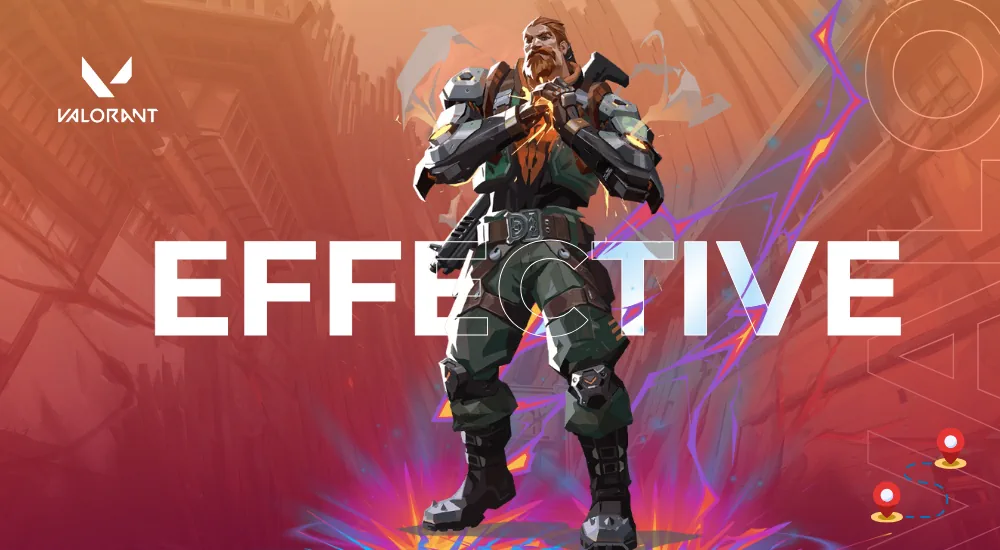
The Most Effective Way To Master Maps
First of all, let me tell you that mastering the maps is one key factor in making you have a better time with Valorant. The easiest way to counter this is by having a good understanding of the layout/map structure and learning where callouts, choke points, or common plant sites are on all maps. The greatest advice that I can give you is to first practice each map in custom games.
Take your time and walk around, learn where every bank entrance leads — etc. Learn the names of all fundamental areas so as to effortlessly communicate with your team. Focus on the heavy traffic hot spots, where you engage often and work your timing as well as aim for these peeks.
This is a must unless you get some knowledge in map control and learn where to be placed for holding and retaking sites, making the right rotation between bomb sites. Study common strategies used by other players in different ranks and adapt them to your gameplay. Watch professional matches and observe how top players utilize the maps to their advantage.
In addition to learning the map itself, practice using your agent’s abilities in specific areas to maximize their effectiveness. Smoke off sightlines, use flashes to clear corners, and place utility to block or reveal enemies. Finally, play consistently; if you play consistently, your game knowledge and game sense will increase day by day, so don’t worry about learning maps; you will learn it by yourself; you just need some good guidelines to start from. So, I hope that you can master the maps properly with these methods.
Conclusion
From this blog, we have dove into aim, movement, strafing, analyzing your gameplay and fixing your mistakes, watching pro players’ gameplay, practicing routines, etc.
I highly suggest having a positive mindset when learning. I know it’s hard, but if you can do the first step, you can do almost every step, from being a noob to a professional radiant player.
Achieving quality in Valorant requires a combination of skill aim, game mechanics, strategy, map control, and game objectives. By managing your tilt and frustration, you can do it. Just don’t be upset or get frustrated; after all, it’s a game. It’s okay if you can’t win or if you play badly. If you have enough dedication to the game, if you can avoid trash talks from your teammates or enemies, and if you can become an expert in the game. Just keep in mind that you can do it and reach radiant soon. If you have any additional questions, read our FAQ.
If you want to see more articles like this, please visit our Blog.
Frequently Asked Questions
What are the key fundamentals to master in Valorant?
To excel in Valorant, focus on mastering aim and crosshair placement, learning the maps, understanding agent abilities, developing communication and teamwork skills, and maintaining game sense. Consistent practice in these areas will help you improve your performance and rank up.
How can I improve my aiming skills in Valorant?
Improving your aim in Valorant requires consistent practice. Use aim training maps, such as those available in the game's shooting range or third-party tools like Aim Lab. Focus on crosshair placement, practice flick shots, and work on your recoil control. Warm-up before matches to ensure your aim is sharp.
Which agents are best for beginners in Valorant?
For beginners, agents like Sage, Brimstone, and Phoenix are recommended. Sage offers healing and defensive utility, Brimstone provides easy-to-use smokes, and Phoenix has self-sustaining abilities that are forgiving for new players. These agents allow beginners to learn the game without being overwhelmed by complex mechanics.
What should I know about Valorant map strategies?
Understanding map layouts, common chokepoints, and key areas for each map is crucial. Learn callouts for each map, practice positioning, and experiment with different strategies for attacking and defending bomb sites. Familiarize yourself with optimal angles for holding sites and rotating between them efficiently.
How important is communication in Valorant, and how can I improve it?
Communication is vital in Valorant as it allows you to coordinate with your team, share information, and execute strategies effectively. Improve communication by making concise and clear callouts, sharing enemy positions, and relaying important information like ability usage. Always maintain a positive and supportive attitude to encourage teamwork.
What are the best practices for climbing ranks in Valorant?
To climb ranks in Valorant, focus on improving your individual skills, learning from your mistakes, and maintaining a positive mindset. Play with a consistent group of players to improve teamwork and synergy. Review your matches to identify areas for improvement, and avoid tilting by taking breaks when needed.

